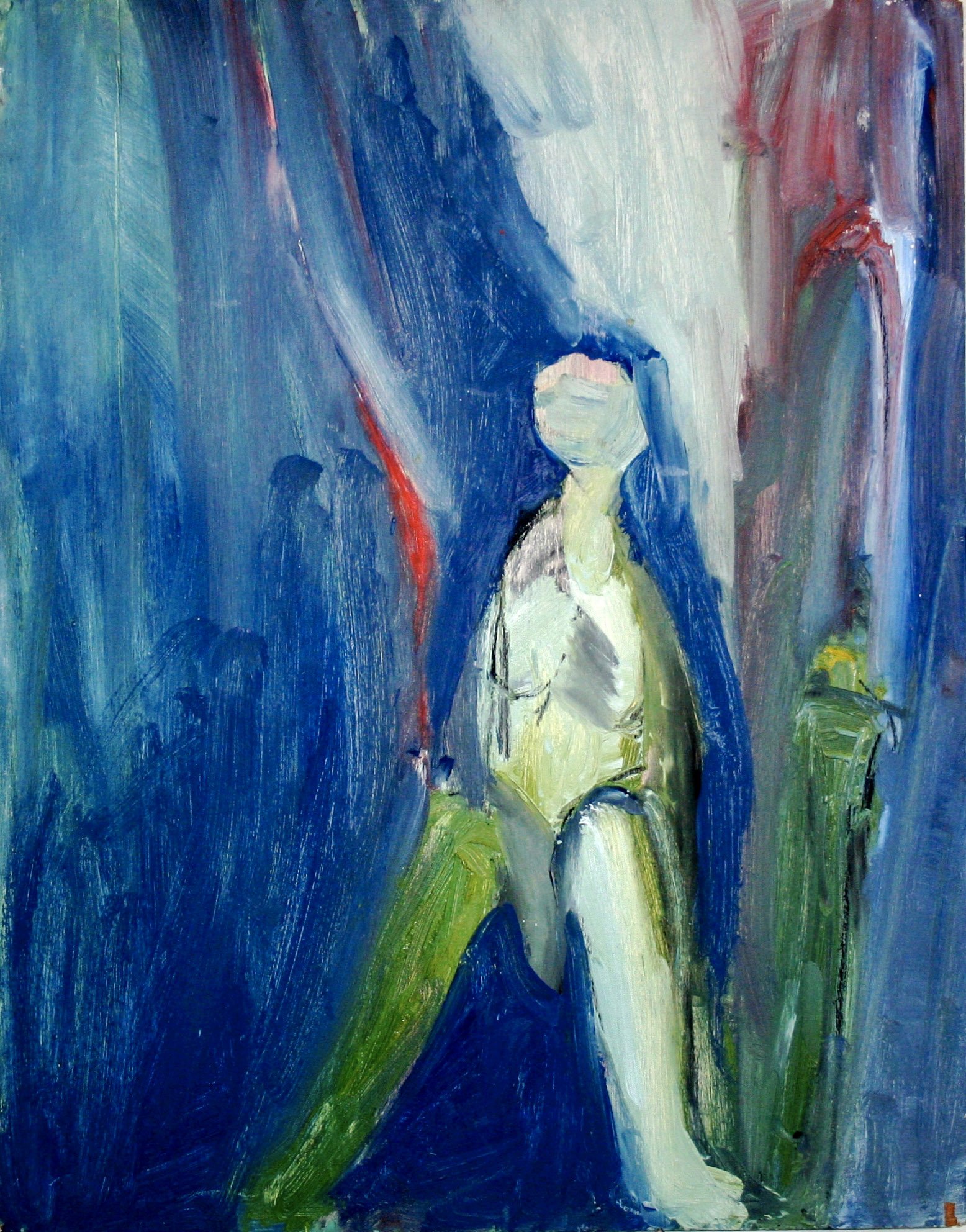
Founding Story
Healing personal trauma through art
My life’s work is supporting young people’s artistic expression by encouraging them to express who they are and who they dream of becoming. Like many others, I came to social justice work with my own personal challenges. When I was an adolescent, a traumatic, deeply terrifying and disorienting event fundamentally changed me. I was lucky. I was raised in a highly creative environment and turned to painting. I didn’t feel safe confiding in anyone around me, and didn’t have the words to express what I felt. The only way I felt connected, able to integrate what I experienced was when I was painting alone in my room or in an art class.
I felt free when I was creating. I could create the world on my own terms, as no one was watching or judging me. And if they were, I could dismiss them. Only I knew what I wanted to create and could create.
This knowledge gave me a sense of power and agency at a time when my life was sidelined by events outside my control. Art showed me that I didn’t have to be “girly, cute, restrained, or an object to desire” – the things the teenage girl culture was telling me that I should be. Instead, I saw that the successful artists – either male or female – could be brave, expressive and confident in their visions.
These examples encouraged me to always be myself, be less self-conscious and believe that I was special. When creating, I was confronted with my feelings and emotions, which helped me process many things. As a result, I did feel more balanced, like I had successfully moved through some of my inner turbulence. I re-engaged with the daily demands of living life – getting homework done and interacting with family and school. Art became so many things for me: an emotional anchor, something that I learned from daily, and a remarkable way to be in a world that finally made sense to me.
I personally know the creative experience to be deeply fulfilling, nurturing, and validating. I wonder if I had not had a creative outlet as a teenager whether I would have been able to emerge from my trauma, know who I was and what I wanted, or connect and engage with the world positively. Art was a fundamental healing pathway for me that along with evidence-based research, fuels my full conviction that art is extremely valuable for youth during and after adverse circumstances.
- Christina Mallie, Executive Director and Co-Founder
“Seeing how girls come out of their shells within a safe space, and gain confidence to express who they are is one of the most fulfilling parts of this work. ”
The spark that grew Colors of Connection
In 2011 co-founders of Colors of Connection, Laurie Reyman and Christina Mallie ran a pilot initiative in Harper, a remote town in Southwest Liberia providing a space for 56 youth and community leaders to come togther and create large-scale murals.
The public collaborative art not only transformed buildings scarred by a 14-year civil war, but created the opportunity to collectively imagine and express a different reality and future, and provided adolescents with a rare experience to express their voice and leadership in their community. This opened the door to new and exciting possibilities for the growth of Colors of Connection.


